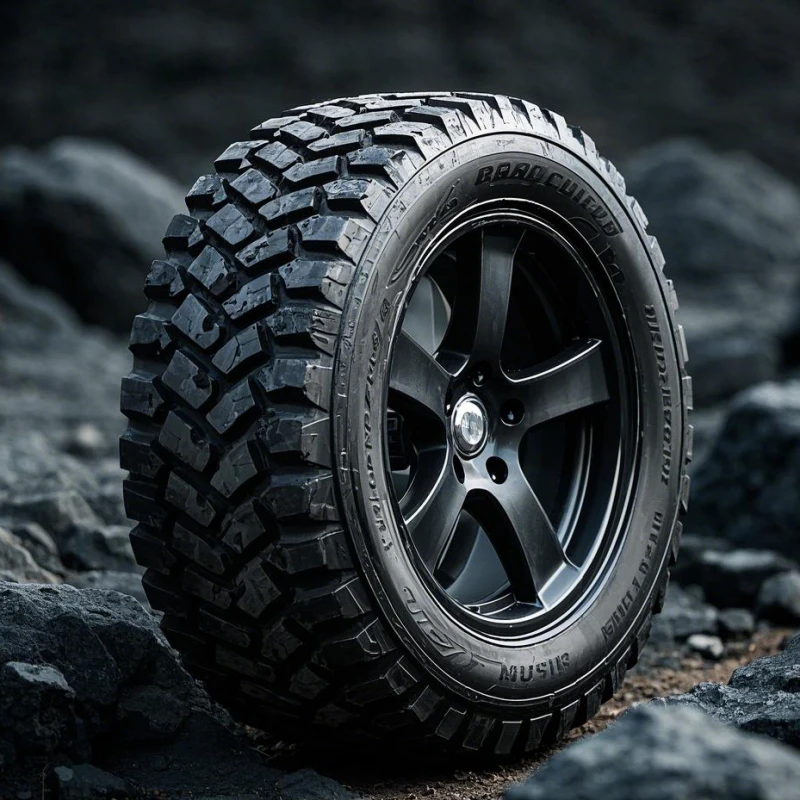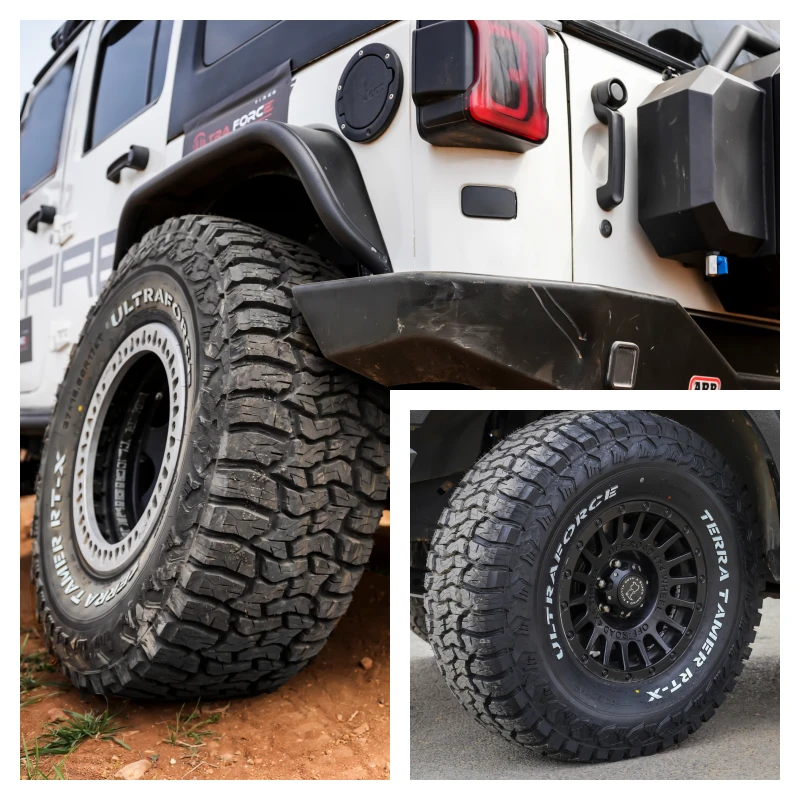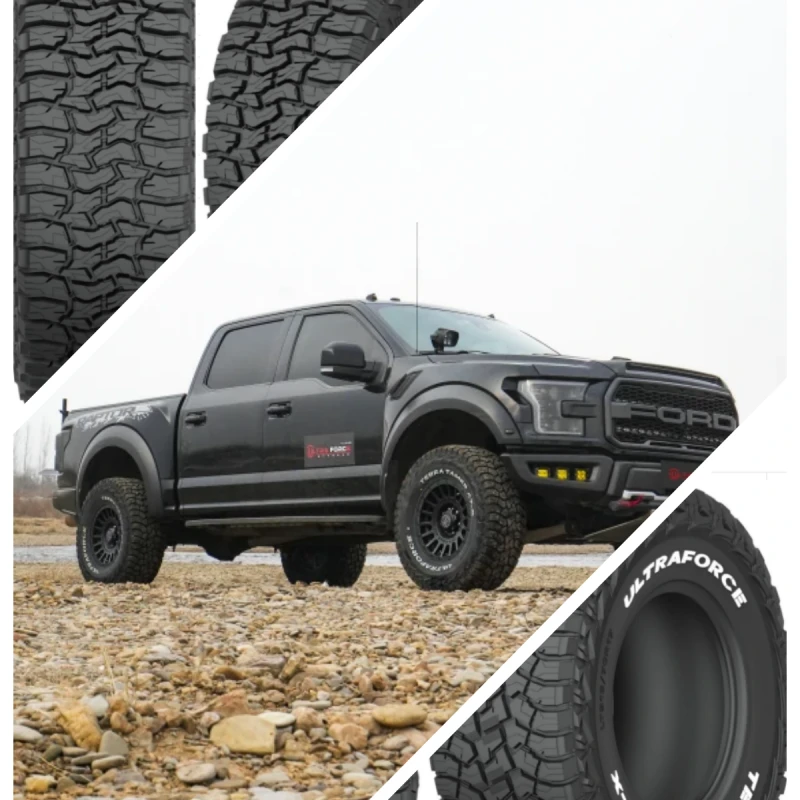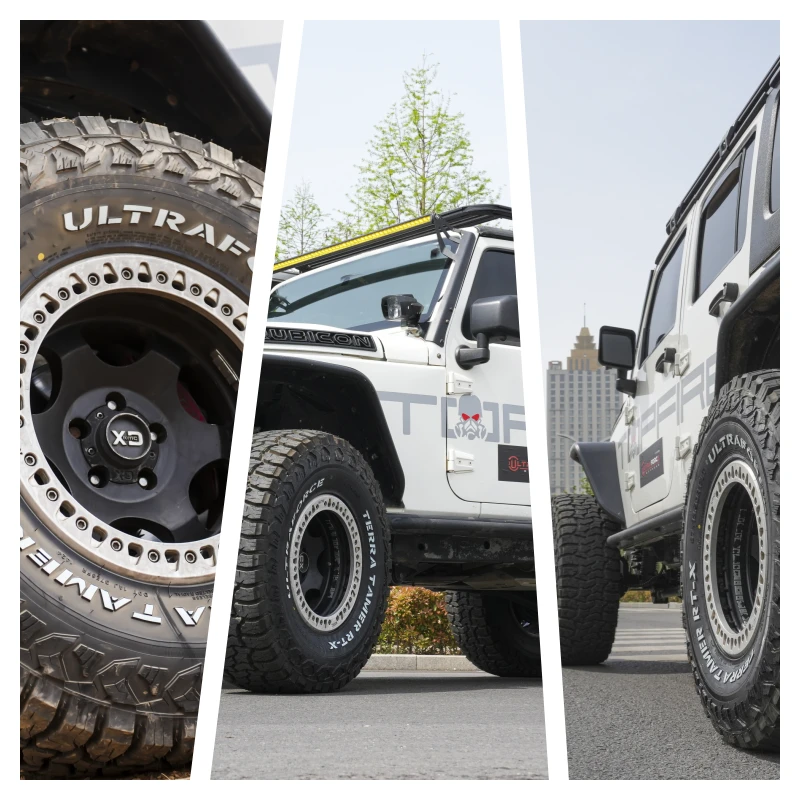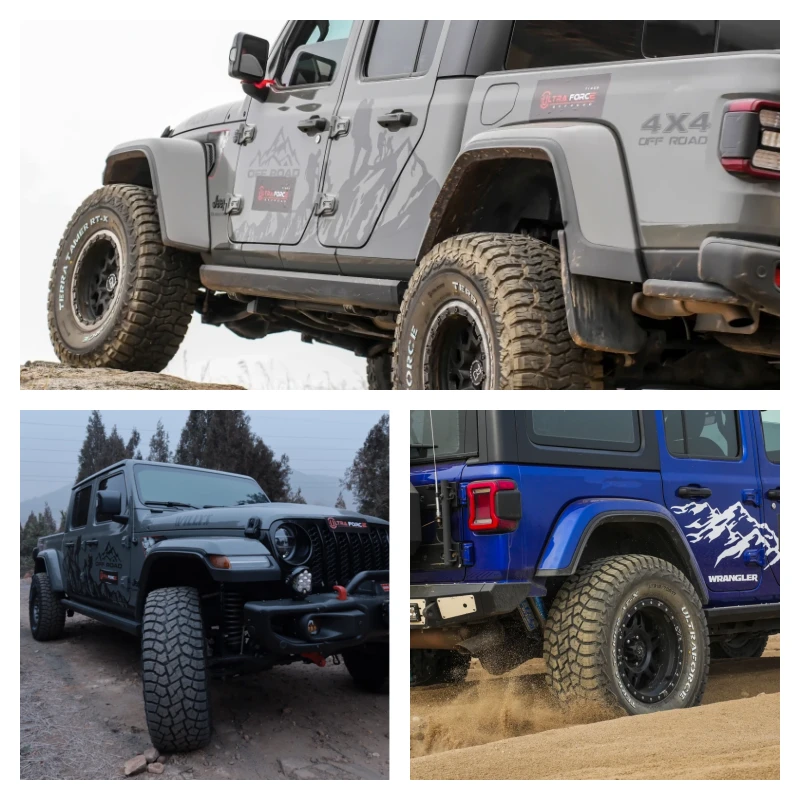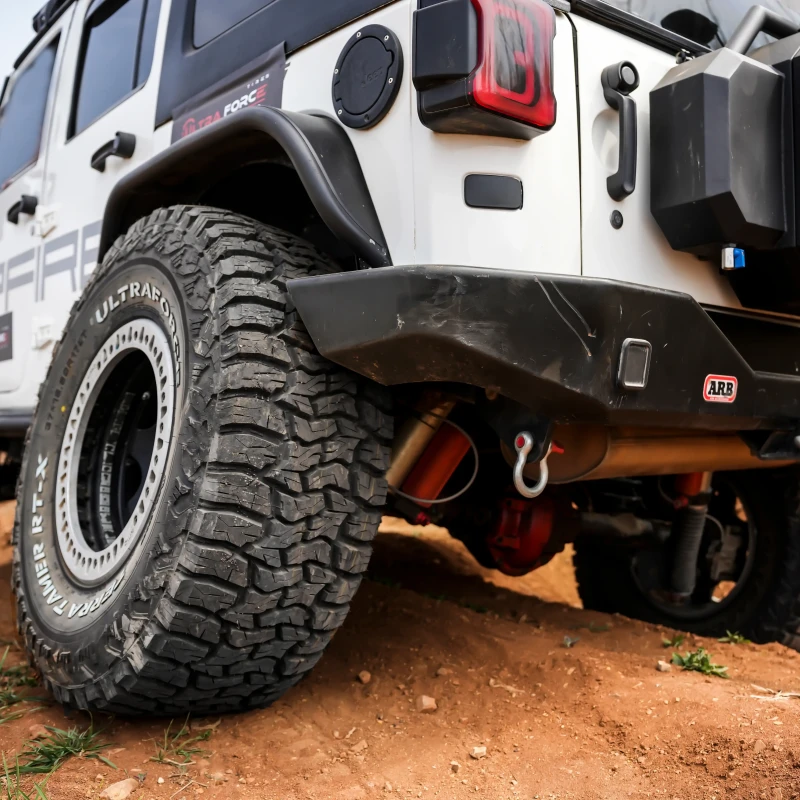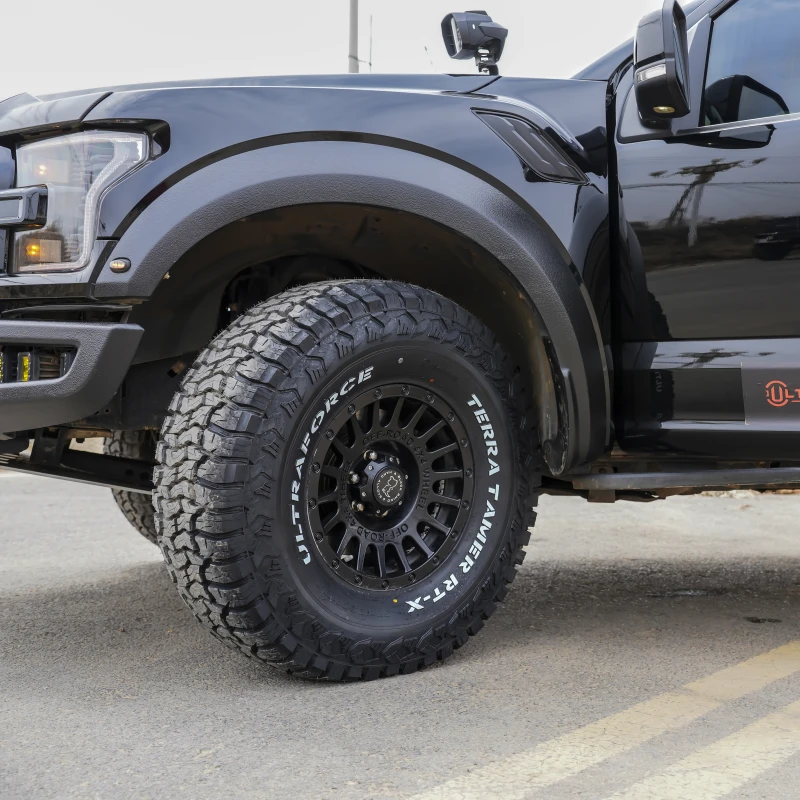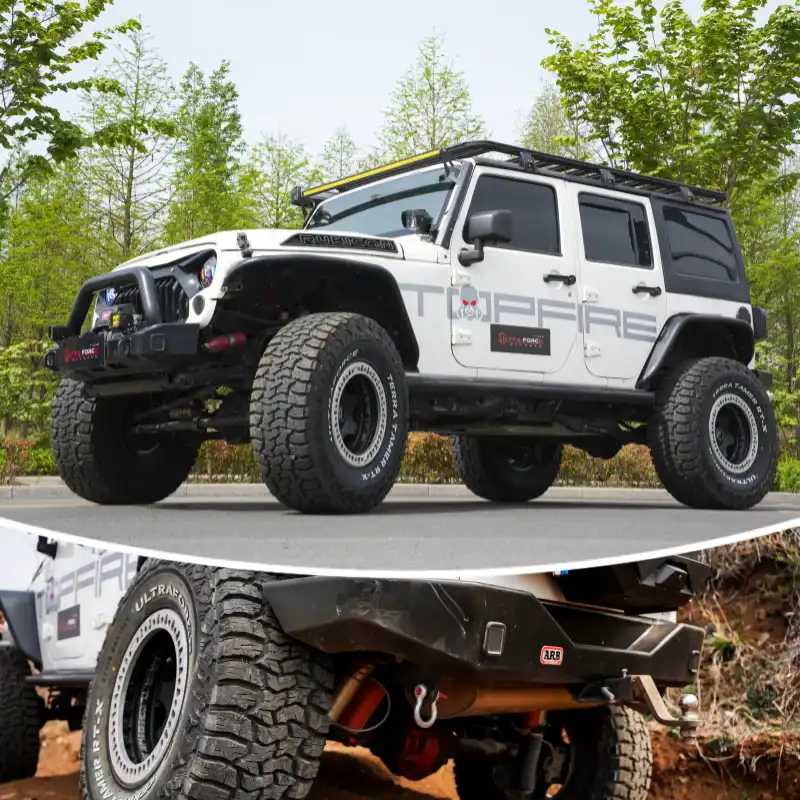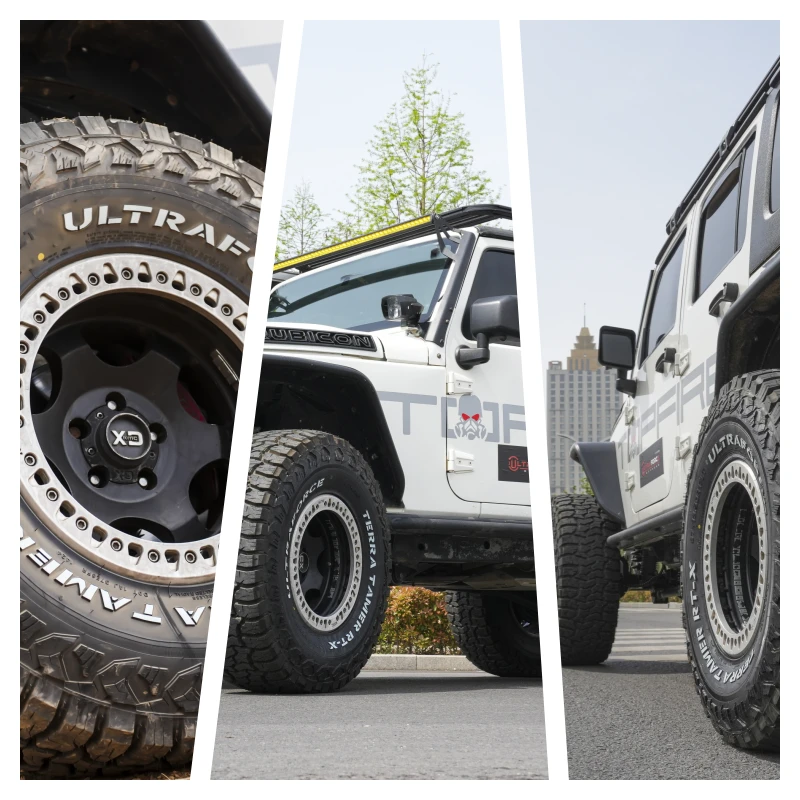Understanding Rugged Terrain Tires
Rugged terrain tires, often referred to as RT tires, represent a unique category of tires engineered to perform seamlessly in challenging and uneven environments. These tires bridge the gap between the versatility of all-terrain tires and the specialized grip of mud-terrain tires, making them an excellent choice for drivers who need durability, traction, and performance across mixed terrains.
Unlike standard tires, rugged terrain tires feature enhanced tread patterns, reinforced sidewalls, and advanced rubber compounds. They are ideal for vehicles frequently used in off-road adventures, construction, and agricultural applications. With increasing demand for vehicles capable of tackling rugged landscapes, rugged terrain tires have gained prominence among off-road enthusiasts, professionals, and outdoor adventurers.
Recent statistics indicate a sharp rise in the adoption of rugged terrain tires globally. For instance, the off-road tire segment, valued at $13 billion in 2023, is expected to surpass $20 billion by 2030, growing at a steady CAGR of 7.2%. This growth is attributed to the rise in outdoor recreational activities and industrial demands.
What Are Rugged Terrain Tires?
Rugged terrain tires are specialized tires engineered for vehicles that frequently navigate uneven, rocky, or challenging terrains. These tires bridge the gap between all-terrain and mud-terrain tires, providing enhanced durability, grip, and performance in mixed conditions.
Key Features
Reinforced Sidewalls: Designed to resist punctures and abrasions.
Aggressive Tread Patterns: Optimized for superior traction.
High Load Capacity: Suitable for off-road and heavy-duty applications.
The Market for Rugged Terrain Tires
According to recent market research, the global off-road tire market is projected to grow at a compound annual growth rate (CAGR) of 7.2% from 2023 to 2030, fueled by increased demand in agriculture, construction, and recreational sectors.
| Region | Market Share (2023) | Growth Projection (2030) |
|---|---|---|
| North America | 40% | 45% |
| Europe | 25% | 28% |
| Asia-Pacific | 30% | 35% |
| Rest of the World | 5% | 7% |
Performance Evaluation: Rugged Terrain Tires vs. Alternatives
Rugged terrain tires are specifically designed to handle a wide variety of surfaces, including gravel, mud, and rocky paths. This section compares their performance with all-terrain and mud-terrain alternatives.
Traction
The aggressive tread patterns of rugged terrain tires provide excellent grip, particularly on loose and uneven surfaces. Tests conducted on various terrains revealed:
Rugged terrain tires exhibit 30% better traction on rocky surfaces compared to all-terrain tires.
In mud and slippery conditions, rugged terrain tires outperform all-terrain tires by 15% while being only slightly less effective than mud-terrain tires.
| Tire Type | Rocky Terrain Grip (out of 10) | Mud Performance (out of 10) |
|---|---|---|
| Rugged Terrain Tires | 9 | 8 |
| All-Terrain Tires | 7 | 7 |
| Mud-Terrain Tires | 8 | 9 |
Durability
Rugged terrain tires are constructed with reinforced materials, making them resistant to punctures, abrasions, and other common damage from rough environments. According to durability tests:
Rugged terrain tires last up to 50% longer under extreme off-road conditions than standard off-road tires.
Reinforced sidewalls offer an added layer of protection against sharp objects and debris.
Comfort and Noise
Unlike mud-terrain tires, which can produce significant road noise, rugged terrain tires strike a balance. Their optimized tread patterns minimize noise levels while ensuring reliable performance. Comparatively:
Rugged terrain tires are 20% quieter than mud-terrain options on highways.
Cost-Benefit Analysis
While rugged terrain tires may cost 10-15% more than standard all-terrain tires, their durability and versatility offer better value over the long term. Reduced replacement frequency and enhanced performance justify the initial investment.
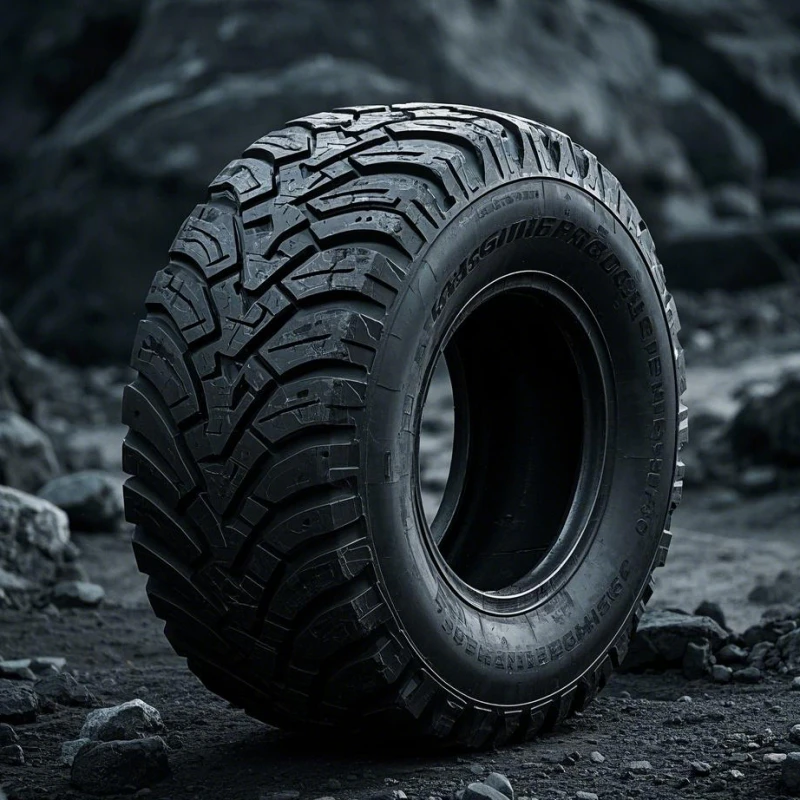
This picture shows a rugged terrain tire. The main body of the tire is black, and the tread pattern is complex and deep, showing a staggered block and groove design, which helps to enhance the tire's grip and drainage performance on rugged roads, allowing it to adapt to complex terrain such as rocks and mud. The tire is surrounded by some black rocks of varying sizes, and the background is also relatively dim, creating a wilderness and harsh environment atmosphere, highlighting the characteristics of this tire for rugged terrain, as if showing that it can also provide reliable support and performance under difficult road conditions to escort the vehicle. Rugged terrain tires are specially designed for off-road and outdoor adventure vehicles. Their unique tread pattern and sturdy structure can cope with various complex road conditions, bringing better control and safety to drivers, allowing vehicles to travel unimpeded on unpaved roads.
Applications of Rugged Terrain Tires
Rugged terrain tires are versatile, catering to a wide range of applications. Their design makes them suitable for both professional and recreational purposes. Key applications include:
1. Off-Road Adventures
For off-road enthusiasts, rugged terrain tires provide a reliable solution for navigating challenging landscapes. Whether it’s rocky trails, muddy paths, or sandy dunes, these tires ensure maximum traction and safety.
Example: A study found that vehicles equipped with rugged terrain tires completed off-road trails 40% faster with fewer incidents of tire slippage compared to those with standard tires.
2. Construction and Mining
Heavy-duty vehicles operating in construction and mining sites benefit greatly from the durability of rugged terrain tires. Their resistance to punctures and high load-bearing capacity ensures uninterrupted operations.
Example: Construction companies reported a 20% reduction in downtime when switching to rugged terrain tires for their fleet.
3. Agricultural Use
In farming, where vehicles frequently operate on soft and uneven soil, rugged terrain tires provide the necessary traction to prevent slippage and ensure efficient movement.
4. Emergency Services
Fire trucks, rescue vehicles, and military transporters often operate in unpredictable conditions. Rugged terrain tires offer the reliability required in critical situations.
Factors to Consider When Choosing Rugged Terrain Tires
Selecting the right rugged terrain tires involves evaluating several critical factors to ensure optimal performance and value.
1. Terrain Type
Different terrains demand specific features:
Rocky Terrains: Opt for tires with deeper tread patterns and reinforced sidewalls to prevent punctures.
Mud and Snow: Look for self-cleaning treads that prevent mud accumulation and ensure consistent grip.
2. Load Capacity
Vehicles used in construction or farming often carry heavy loads. Ensure the tire’s load index aligns with your vehicle’s requirements to avoid premature wear or blowouts.
3. Tread Life and Warranty
High-quality rugged terrain tires typically come with extended tread life warranties. Investing in tires with a robust warranty indicates a manufacturer’s confidence in the product.
4. Weather Resistance
Consider weather-specific features such as all-season performance or winter ratings for regions experiencing extreme climates.
5. Price vs. Performance
While rugged terrain tires are an investment, prioritize performance over cost to avoid frequent replacements and repairs.
Environmental Impact
As environmental sustainability becomes a focal point, the tire industry is adopting eco-friendly practices to reduce its environmental footprint. Rugged terrain tires are no exception.
Eco-Friendly Materials
Manufacturers are increasingly using recycled rubber and silica-based compounds to minimize waste. These materials not only reduce environmental impact but also enhance tire performance.
Low Rolling Resistance
Tires with lower rolling resistance contribute to improved fuel efficiency. Studies indicate that vehicles equipped with rugged terrain tires designed for fuel efficiency can reduce carbon emissions by up to 10%.
Recycling and Disposal
Efforts to recycle worn-out tires are growing, with some companies offering take-back programs to ensure proper disposal and reuse of materials.
Future Trends in Rugged Terrain Tires
1. Smart Tire Technology
Sensors embedded in tires to monitor pressure, temperature, and tread wear.
2. Advanced Materials
The use of graphene-infused rubber for superior strength and elasticity.
3. Customization
Personalized tread designs for specific use cases.
| Feature | Current Availability | Projected Growth (2025) |
|---|---|---|
| Smart Sensors | 15% | 40% |
| Graphene-Infused Rubber | 10% | 30% |
| Custom Tread Design | 25% | 50% |
Conclusion
Rugged terrain tires are a pivotal choice for those who demand durability, versatility, and performance in challenging conditions. As consumer awareness grows, the industry is poised for advancements that cater to both performance needs and environmental sustainability.
By understanding the meaning, features, and benefits of rugged terrain tires, you can make an informed choice that aligns with your driving conditions and vehicle requirements.
Choose UltraForce Tires for Your Off-Road Adventures
When it comes to rugged terrain tires, UltraForce Tires stands at the forefront of design and performance. With decades of expertise in off-road and passenger tire manufacturing, we are dedicated to providing tires that excel in durability, traction, and overall performance. Whether you're navigating rocky trails, sandy dunes, or muddy paths, our tires are crafted to ensure an outstanding driving experience in any condition.
At UltraForce Tires, we offer customized solutions tailored to your specific needs—whether it’s tread and sidewall design, tire sizing, or performance specifications. Trust UltraForce Tires to be your ultimate companion on every off-road journey. Please feel free to leave us a message.
